WHAT IS CAD?
Approximately 7.3 million deaths worldwide are attributed to acute myocardial infarctions, otherwise known as heart attacks, making
atherosclerotic Coronary Artery Disease (CAD) the leading cause of premature death across the globe.
CAD is caused by the formation
of an atherosclerotic plaque within the lining of an arterial wall as white blood cells, lipids and fibrous tissue collect and cause
stenosis - a narrowing of the lumen of the artery, the channel through which blood flows. Over decades of growth the plaque may
reach a point at which blood flow through the affected region is heavily restricted, resulting in an insufficient amount of blood
reaching the heart, causing pain and discomfort. In serious circumstances a plaque may rupture and the flow of blood may
clot and cause a blockage in the artery, resulting in a heart attack or stroke.
Unfortunately, as the formation of a potentially dangerous arterial plaque is largely asymptomatic - progressing without exhibiting any
symptoms to warn of the threat - patients are often only diagnosed after suffering from the acute impact of a heart attack or stroke.
Contemporary techniques employed in interventional cardiology and cardiac surgery treat only those patients that are clinically symptomatic -
those that are exhibiting detectable symptoms. These patients suffer from occlusive coronary atherosclerotic plaques which cause in excess of
70% luminal stenosis and are treated via Percutaneous Transluminal Coronary Angioplasty (PTCA), with or without the implantation of a stent,
or via coronary artery bypass surgery. However, these clinically symptomatic plaques cause only 14% of all heart attacks, while the remaining
86% are due to clinically asymptomatic, non-occlusive coronary atherosclerotic plaques with less than 70% luminal stenosis. The treatment
options for management of these plaques are limited largely to drug administration.